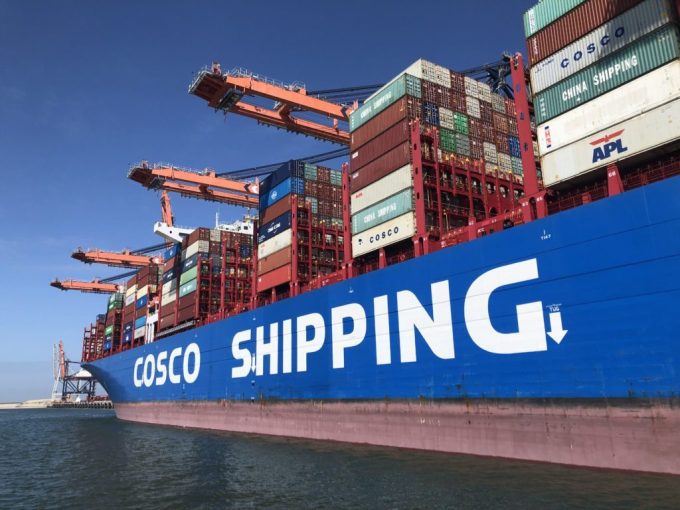
By Mike Wackett
The second-quarter results of the major container lines were significantly down from the year before, but nonetheless the stronger carriers still recorded huge profits.
According to John McCown’s analysis, based on the lines that report their financials and taking an average for the carriers that do ...

Comment on this article